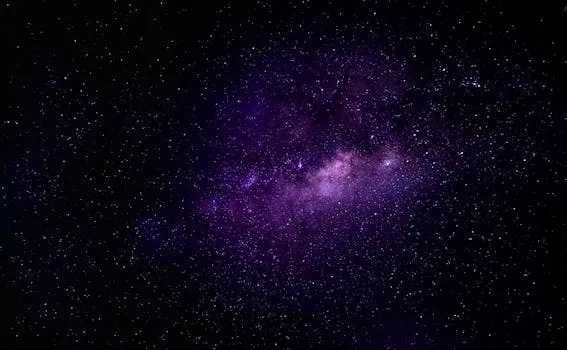
“
Beyond the Milky Way: Imagining New Worlds and Possibilities
Beyond the Milky Way, our home galaxy, lies a vast expanse of uncharted territory, full of mysteries waiting to be unraveled. Beyond the Milky Way is a topic that has fascinated astronomers, scientists, and science fiction writers for centuries. The possibility of discovering new worlds, teeming with life, is a tantalizing one, and recent advancements in space exploration and astronomy have brought us closer to making this a reality. For more on this theme, check out Beyond Stars: Where Imagination Takes Flight.
Introduction to the Milky Way
The Milky Way is a barred spiral galaxy, consisting of hundreds of billions of stars, gas, and dust. It is estimated to be about 100,000 light-years in diameter and is thought to contain between 200 and 400 billion stars. Our solar system is located in one of the outer spiral arms of the galaxy, about 27,000 light-years from the center.
Exploring the Universe Beyond the Milky Way
With the aid of powerful telescopes and space probes, we have been able to explore the universe beyond our galaxy. The Hubble Space Telescope, launched in 1990, has been instrumental in making groundbreaking discoveries about the universe, including the detection of dark energy, which is thought to be responsible for the accelerating expansion of the universe. For insights into creativity inspired by the cosmos, see Cosmic Creativity: How Imagination Soars Beyond the Constellations.
The Search for Exoplanets
One of the most exciting areas of research in astronomy is the search for exoplanets, which are planets that orbit stars other than the Sun. Over 4,000 exoplanets have been discovered so far, and many of these planets are believed to be located in the habitable zones of their respective stars, where conditions are suitable for life as we know it.
Imagining New Worlds
As we continue to explore the universe and discover new exoplanets, we are forced to imagine the possibilities of what life might be like on these distant worlds. Science fiction writers have long been fascinated by the idea of life beyond Earth, and have created numerous scenarios for what extraterrestrial life might look like. For a deeper dive into this imaginative exploration, read Charting New Realms: The Journey of Imagination Beyond the Stars.
Potential for Life on Mars
Mars, our closest neighbor in the solar system, is a prime target in the search for life beyond Earth. NASA’s Curiosity rover has been exploring the Martian surface since 2012, and has found evidence of ancient lakes and rivers, which suggests that the planet may have been habitable in the past.
Takeaways
- The universe is vast and full of mysteries waiting to be unraveled.
- The search for exoplanets and the potential for life beyond Earth is an exciting area of research in astronomy.
- Science fiction writers have long been fascinated by the idea of life beyond Earth, and have created numerous scenarios for what extraterrestrial life might look like.



